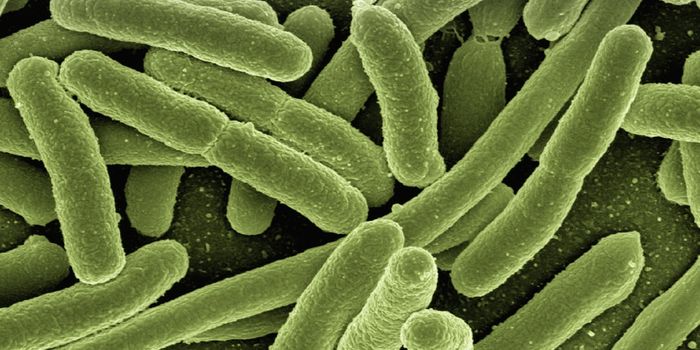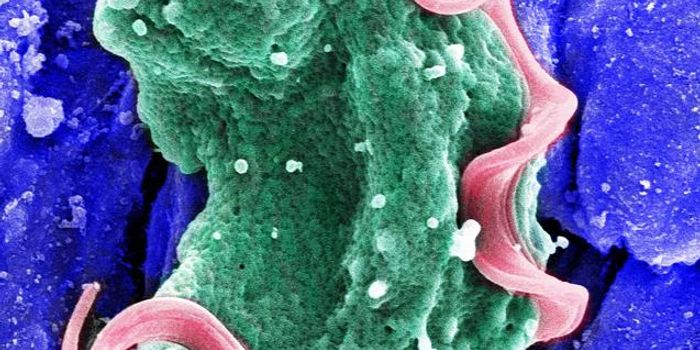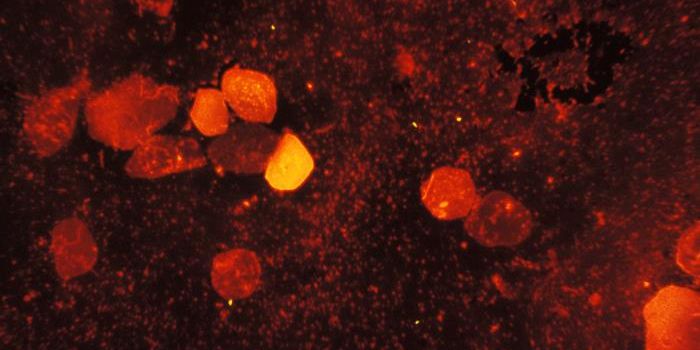Chagas Disease More Deadly Than Thought
Chagas disease is a parasitic disease transmitted by insects and has been classified as one of the most important neglected diseases by the World Health Organization. It is known to affect millions of people in Central and South America and some in the US, thought to have been infected in their home countries. It typically sickens people for a few months, and then symptoms fade. It had been thought that the disease ended there; new evidence shows that it can seriously increase a person’s risk of death. The new study in PLOS Neglected Tropical Diseases also reported the likelihood that deaths due to Chagas disease have been under-reported.
Chagas disease is caused by what’s commonly called a kissing bug, Trypanosoma cruzi. When an infected bug bites a person, it can sicken them with fever, headaches and swelling. The symptoms usually go away and infected people live a normal life for decades without any indication of the illness. However, it was eventually learned that the cardiac, digestive and neurological symptoms of Chagas come back.
For this new study, a team of researchers led by Ligia Capuani, at the University of Sao Paulo, Brazil, analyzed a repository of blood samples that included 2,842 Chagas-positive and 5,684 Chagas-negative specimens taken from blood donors in Sao Paulo from 1996 to 2000. Because of the routine screening of blood donors there for Chagas disease, blood samples that were positive for the disease were assumed to be taken from people in the intermediate, or symptom-free, stage of the disease. The researchers also had access to death records in Brazil, enabling to them learn the time and manner of death of any donors that had died.
It was found that of the Chagas-positive donors, 159 (5.6%) died at some point over the course of the study, however only 103 (1.8%) of those testing negative for the disease had died. That indicated the overall death risk had more than doubled. The scientists also knew they had to account for other causes of death; when the analysis was restricted to death due to cardiac abnormality or was otherwise Chagas-related, the difference was even more pronounced. People impacted by the disease were then found to have a 17.9 greater risk of death. Interestingly, Chagas was not often noted as a cause of death for many of those that had shown signs of heart disease and had been infected with Chagas.
It’s likely that doctors are not making the important connection. "The fact that Chagas disease was not reported as an underlying or associated cause of death on the death certificate of 42% of seropositive donors that died due to cardiac causes demonstrates under ascertainment of Chagas disease pathogenesis, highlighting its status as a neglected tropical disease," the researchers say. "Research is urgently needed in order to test new therapeutic options with fewer side effects and to find better correlates of disease progression."
In the United States, there is some concern that doctors are not even aware of the disease in its early stages, and are not making the diagnosis at all. The video above discusses that issue.
Sources: AAAS/Eurekalert! via PLOS, PLOS Neglected Diseases, CDC, WHO


![[Guide] 7 Strategies to Boost Laboratory Collaboration](https://d3bkbkx82g74b8.cloudfront.net/eyJidWNrZXQiOiJsYWJyb290cy1pbWFnZXMiLCJrZXkiOiJjb250ZW50X2FydGljbGVfcHJvZmlsZV9pbWFnZV83YzBjZWIwM2Y5YzI4MmFlYzBhZDZhMTcyNTQ1ZGU3YmE4Y2MzMDYyXzUxNDkuanBnIiwiZWRpdHMiOnsidG9Gb3JtYXQiOiJqcGciLCJyZXNpemUiOnsid2lkdGgiOjcwMCwiaGVpZ2h0IjozNTAsImZpdCI6ImNvdmVyIiwicG9zaXRpb24iOiJjZW50ZXIiLCJiYWNrZ3JvdW5kIjoiI2ZmZiJ9LCJmbGF0dGVuIjp7ImJhY2tncm91bmQiOiIjZmZmIn19fQ==)






